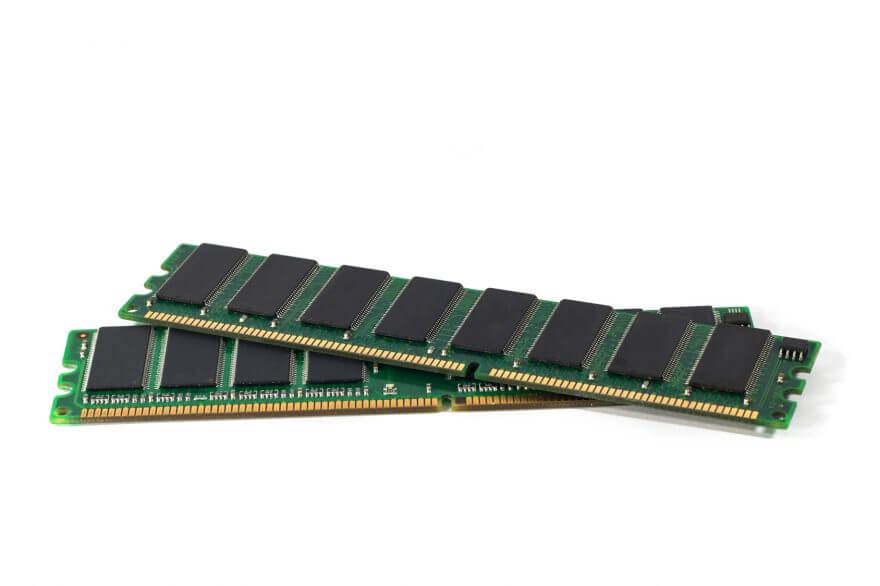Having too little memory slows the computer down. If your computer is just crawling along slowly, a RAM upgrade can provide for a powerful boost in speed. It doesn’t cost much to upgrade PC and notebook memory and you can do it yourself if you know what to look out for.
More RAM for more speed
Memory, also known as RAM (“Random Access Memory”) or “volatile memory” is of crucial importance to the working speed of a computer.
It continuously stores all required data and active programme components. Information and software components stored in the RAM can be used and processed particularly quickly. If memory is too small and its storage capacity is exhausted, the hard drive has to intervene.
However, access to the stored volatile data takes considerably longer. It slows down computers with even the quickest of processors.
Memory upgrade — how many gigabytes should it be?
If a PC is flagging despite a fast CPU, a RAM upgrade can remedy the situation. Memory is now really cheap, you only need to spend about 5 euro per gigabyte.
When upgrading, the rule of thumb is: To work quickly using Windows 7, RAM should be at least 4 gigabytes and 8 gigabytes for Windows 8 and 10. If you’re using data-intensive applications such as 3D games or video editing programmes, you should treat yourself to 16 gigabytes of memory.
However, 4 gigabytes is as far as you can go when using a 32-bit version of Windows. The 32-bit versions of the operating system can only use a maximum of 3.5 gigabytes of RAM.
The common types of memory modules
Not all memories are the same. There are various versions, many of which are fortunately only installed in old computers. This makes things a bit easier. Three versions are popular nowadays:
DDR3. This type of RAM has been used since 2008. It is currently the standard memory for desktop PCs. The previous model, the DDR2, may still be hidden away in older computers. “DDR” does not stand for “Deutsche Demokratische Republik” (German Democratic Republic), but for “Double Data Rate”.
DDR4. The upgrade, which has been available since spring 2015, uses up less power and is faster than the previous model but is also more expensive and still not very popular.
SO-DIMM. “Small Outline Dual Inline Memory Modules” are memory modules for notebooks. They are much more compact than the desktop versions since there is not much space available for the blocks in the notebook housing.
Analysis freeware helps to determine the required type of RAM
If you want to set your computer up with other memory modules, you will need the same type of RAM as that which already exists. It is also necessary to find out which frequency the RAM modules need to have and whether there are still ports available. You can easily obtain this information by using CPU-Z analysis tools without having to pore over manuals or loosen screws. The programme can be downloaded free of charge here .
Once you’ve established the right type of memory and there are ports available for additional memory modules, the computer can be set up with identical memory modules. PC motherboards usually have four ports, while notebooks have up to two.
If all ports are engaged, the installed modules must be replaced by newer, larger ones. Back-up must be taken prior to installation. If the computer beeps after installation, it means that the modules are not placed correctly in the ports.
If you have installed everything correctly, Windows will remain silent and will automatically detect the new memory next time you start the computer — and will speed off.
Image sources
Fotolia / 70296987 / oatfeelgood













